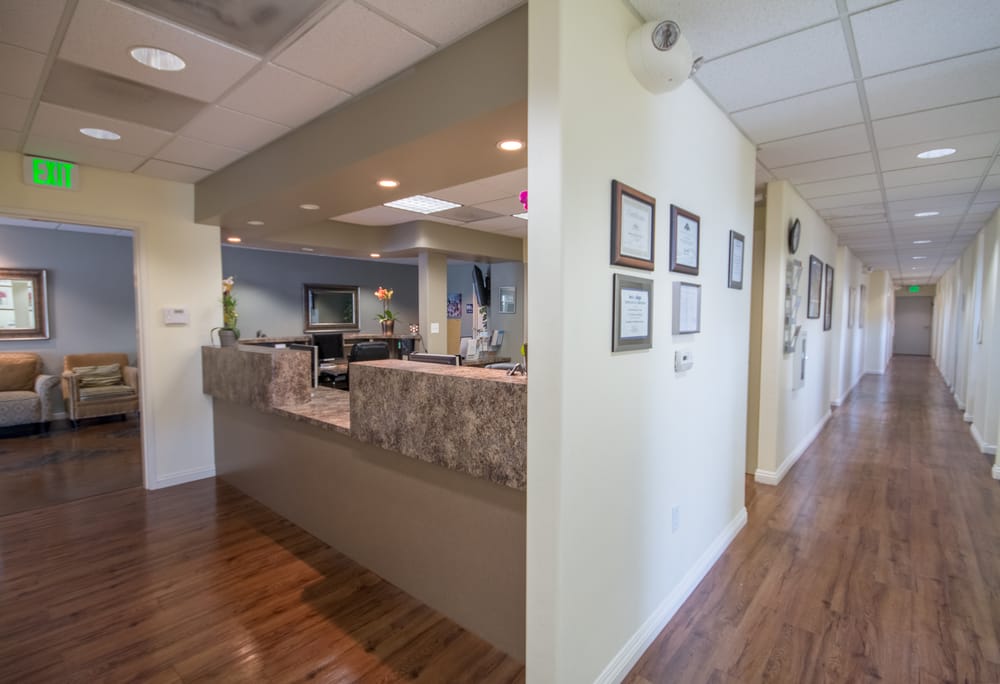What is periodontal disease?
Periodontal disease is a condition where the patient has some deep pockets in the gums, signifying that the attachment of the gum tissue is looser to the teeth. This is typically diagnosed when the gums measure more than four or five millimeters in depth. Symptoms often include bleeding and swelling of the gums, redness, and puffiness of the gums. We also look for evidence of bone loss on the x-ray as part of the diagnosis process.
What are some causes of periodontal disease?
The primary cause of periodontal disease is an overgrowth of bacteria due to inadequate oral hygiene practices, such as not cleaning the gums and teeth properly, not flossing enough, not brushing enough, or not going for regular dental cleanings every six months. All these factors contribute to an increase in bacterial overgrowth, causing gum disease.
What are the symptoms of periodontal disease?
Some common symptoms of periodontal disease include pain, bleeding, and sometimes bad breath. Patients may experience pain in the gums and bleeding is always a strong indicator. The disease may also result in bad breath.
Are there conditions connected to periodontal disease?
If periodontal disease is not addressed and it continues to worsen, the patient is at risk of other medical issues including heart disease, Alzheimer’s, dementia, and kidney problems. Disease in the mouth can lead to disease in other parts of the body, demonstrating how everything is interconnected.
Can periodontal disease be cured?
Yes, periodontal disease can be treated. One common treatment method is periodontal scaling and root planing. In this procedure, the patient is numbed and the hygienist thoroughly cleans under the gum tissue, removing plaque, tartar, and bacteria deep within the pockets. The body heals and the gums tighten around the teeth, returning to a healthy pink color. We also use laser therapy which helps to stop the bleeding, shrink the pockets, and kill the bacteria causing the gum disease.
Is the treatment painful?
The treatment is not painful. The patient is numbed using local anesthesia and a special gel applied around the gums. This makes the process very comfortable. The patient doesn’t feel anything during the procedure, and there’s no post-op sensitivity involved. The treatment usually lasts an hour for each half of the mouth, done separately.
What should I do if I suspect I have gum disease?
If you suspect that you have gum disease, it’s important to seek professional advice. At our practice, we conduct thorough assessments and if you’re diagnosed with gum disease, we’ll proceed with treatment using scaling, root planing, and laser therapy. With the right treatment, we can help you regain your oral health in no time.

